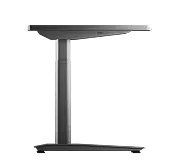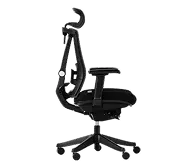- Newest
- Most viewed
Interested in a Link Placement?
.webp)
Endel App Review: Features, Pricing & My Experience
A 3-month Endel app review covering focus, sleep, pricing, and common user concerns to help you decide if it’s worth it.
Latest Updates | Aug 15, 2025 887 views

Cloaked App Review: Can It Really Keep You Private?
Latest Updates | Aug 12, 2025 960 views

AI Cleaner App Review: Smart Cleanup Or Overpriced App?
Latest Updates | Aug 12, 2025 664 views

Best Picks For Office Chair Labor Day Sales 2025
Latest Updates | Aug 10, 2025 351 views

Best Labor Day Gaming Laptop Deals 2025 You Can’t Miss
Gaming Setup | Aug 10, 2025 512 views
.webp)
Labor Day Gaming PC Sale 2025 – Don’t Miss RTX Rig Deals
Gaming Setup | Aug 9, 2025 389 views

Don’t Miss 2025 Labor Day Bedroom Furniture Deals
Latest Updates | Aug 8, 2025 616 views

Labor Day Living Room Furniture Sales & Deals
Latest Updates | Aug 7, 2025 426 views
.webp)
Labor Day Outdoor Furniture Sale 2025: What’s Worth It
Latest Updates | Aug 8, 2025 842 views
.webp)
Modern Workforce Needs: Ergonomic Office Furniture
Smart Products | Aug 5, 2025 1,024 views
.webp)
Office Furniture Pricing: A Clear Cost Breakdown
Latest Updates | Aug 5, 2025 1,067 views

The Best Office Furniture Packages For Every Workspace
Smart Products | Aug 4, 2025 421 views

.svg)




